The year 2016 has been a great year for smartphone manufacturers. The year we have seen some really good smartphones in all price ranges. But we always have that one phone that becomes the company’s flagship and is a smartphone that doesn’t compromise on any aspect. This year we saw great phones like the Samsung Galaxy S7 and S7 edge, but on the other hand, we also saw the fate that the Note 7 had to suffer. Without any ado, let’s take a look at the top flagships of 2016.
Samsung Galaxy S7 and S7 edge
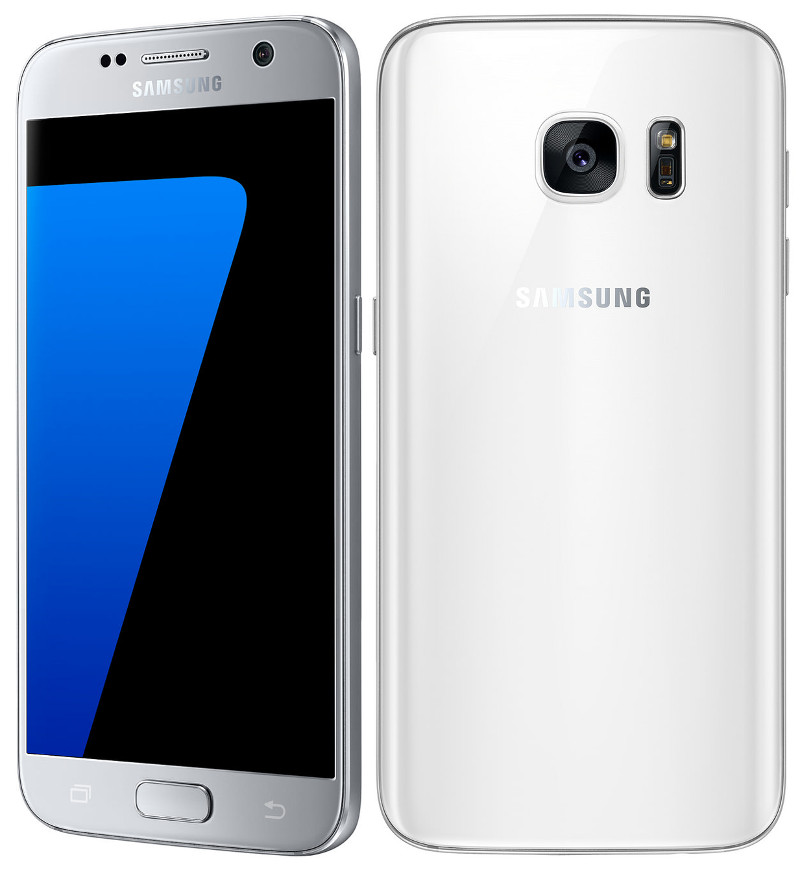
The Samsung Galaxy S7 and S7 edge are the same smartphones in terms of specifications. The only difference between the two is the fact that the S7 edge has a larger and curved display on its right and left edges, giving it a good look. It was launched back in March 2016 and comes with a 1.6Ghz octa-core processor and 4GB RAM. The camera on the phone is among the best and can take impressive photos in every lighting conditions. For power users, it offers expandable storage, water resistance, etc. which made it a powerful flagship from the brand. Read more about the phone(s) here.
Motorola Moto Z

The Motorola Moto Z is an unique phone. Not only does it come with great specifications like a 1.8Ghz Qualcomm Snapdragon 820 processor and 4GB RAM, but it’s also modular which is extremely seamless, thanks to the Moto Mods. You can use the mods to extend your phone’s features. There’s a mod for extra battery and another for getting a better camera. The Moto Z is also the slimmest smartphones released in the recent days.
OnePlus 3
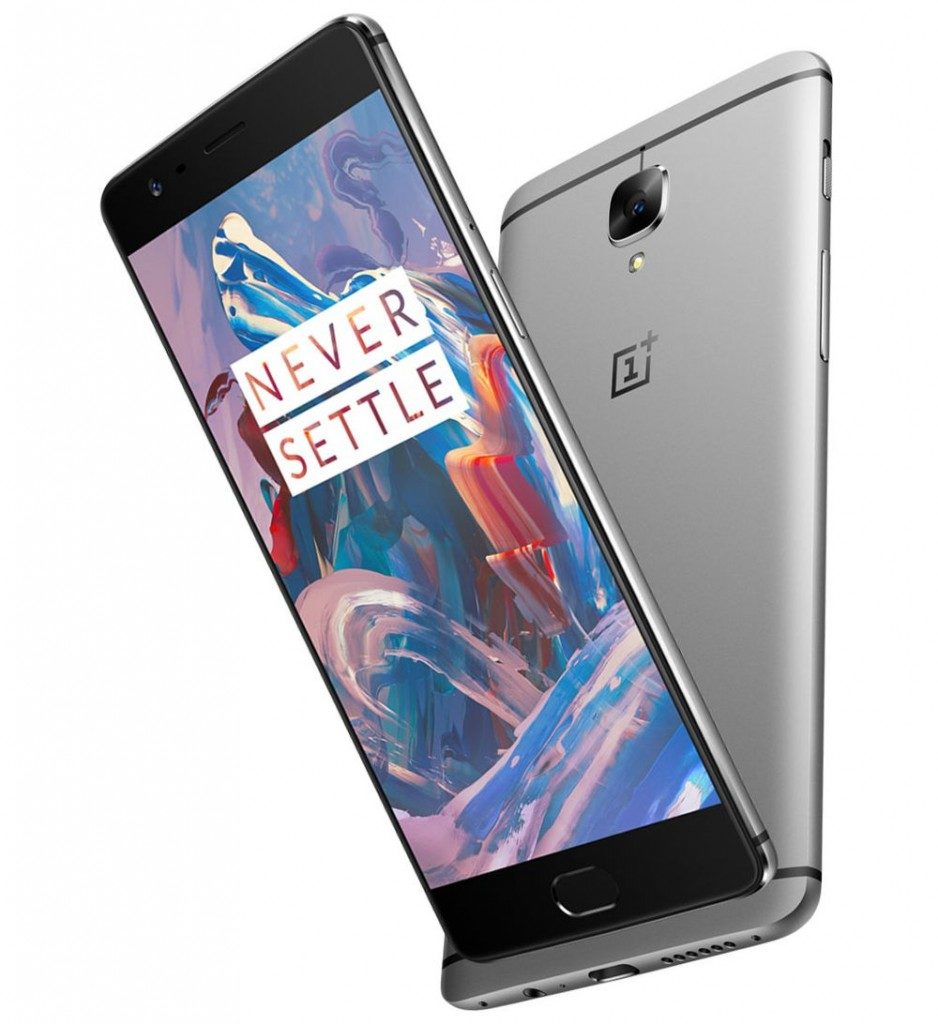
OnePlus 3 is the company’s best smartphone after OnePlus One. Like its predecessors, it comes with great specifications at an attractive price, which is almost half of what other smartphone makers charge for their offerings. It’s also among the first few phones to come with beefy 6GB of RAM, which is accompanied with a Snapdragon 820 processor. In the quest of offering the best flagship experience, OnePlus also launched 3’s mid-cycle upgrade in the form of the OnePlus 3T. .
Huawei P9
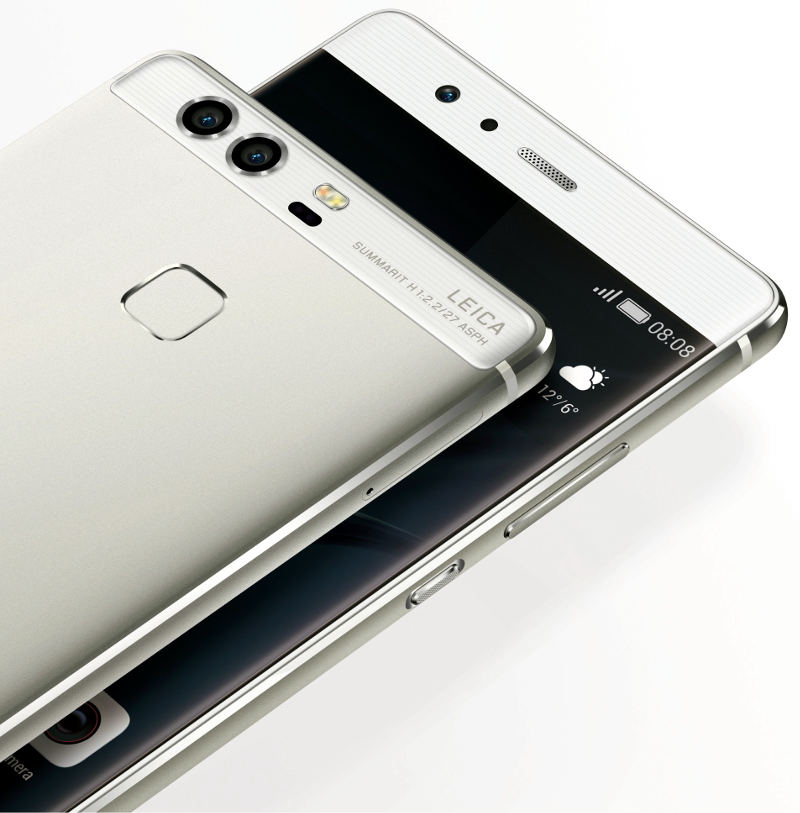
Huawei P9 came into the market with a bang. Thanks to brand’s partnership with Lecia, the dual primary cameras take some really beautiful photos. On the specifications part, it has an octa-core Kirin 955 (4x 2.5GHz A72, A53 4 x 1.8 GHz) processor which is Huawei’s very own top-notch chipset. It’s paired with 3GB of RAM, and 32GB of memory on board.
Google Pixel and Pixel XL
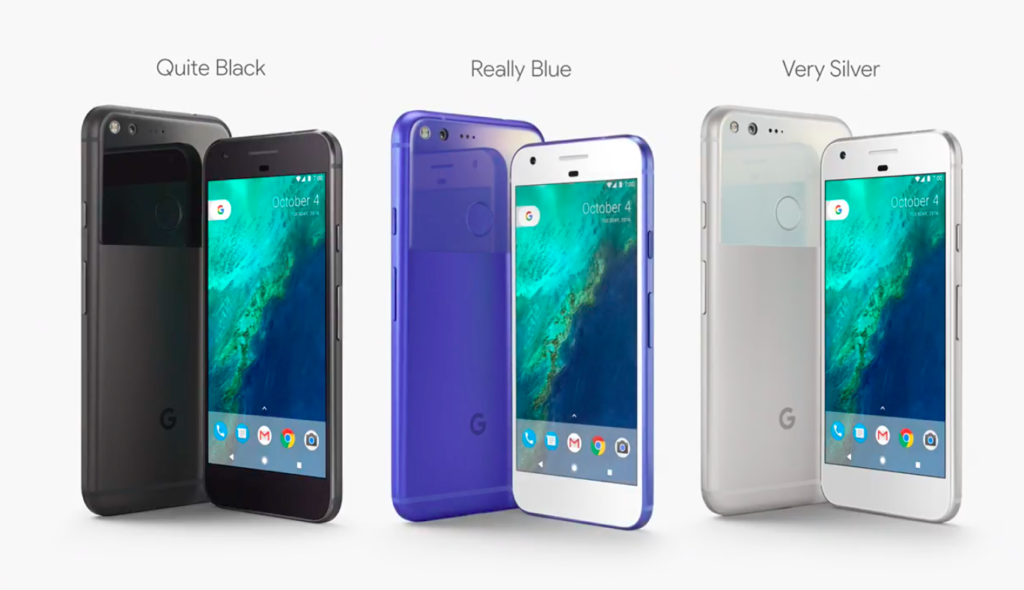
2016 will be remembered as the year in which Google decided to dump the Nexus line of smartphones and go ahead with its own branded lineup of Pixel smartphones. The Google Pixel and Pixel XL are two premium Android smartphones, which are very much alike and differ just on the screen and battery aspects. The Google Pixel has a 5-inch screen, whereas the Pixel XL flaunts a 5.5-inch screen. Both of them are loaded with a 2.15GHz Quad-Core Snapdragon 821 and 4GB RAM. But their biggest highlight is their exceptional camera performance.
Apple iPhone 7 and 7 Plus
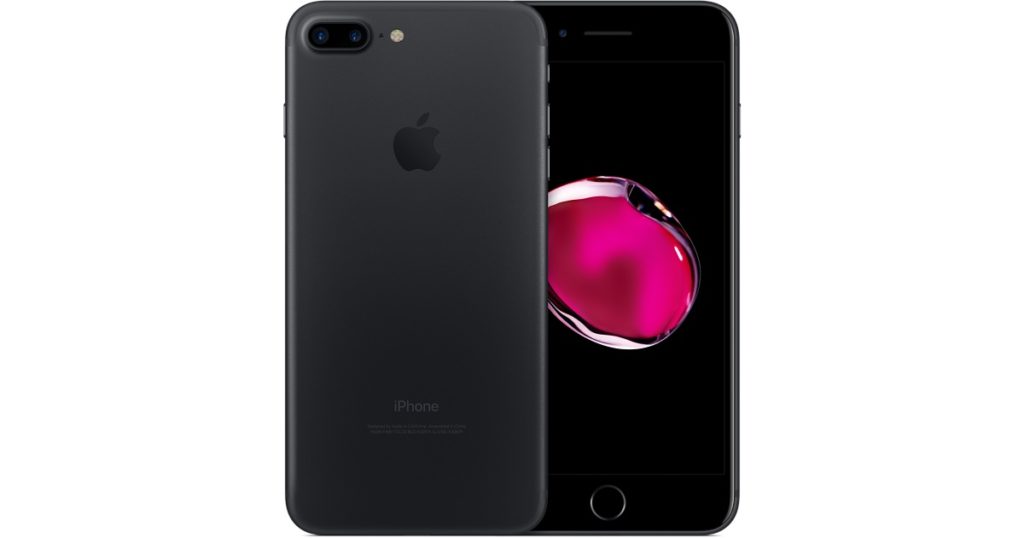
Continuing with the tradition of refreshing its iPhone series, Apple launched the iPhone 7 and iPhone 7 Plus last year. While they might not seem a worthy upgrade in comparison to their predecesors, they bring some interesting improvements. The iPhone 7 Plus comes with dual primary cameras which can take really great photos along with beautiful portraits. Apple also replaced the mechanical home button with a force touch home button, but sadly removed the headphone socket. The latest iPhones are also the first in the lineup to offer dust- and water-resistance.